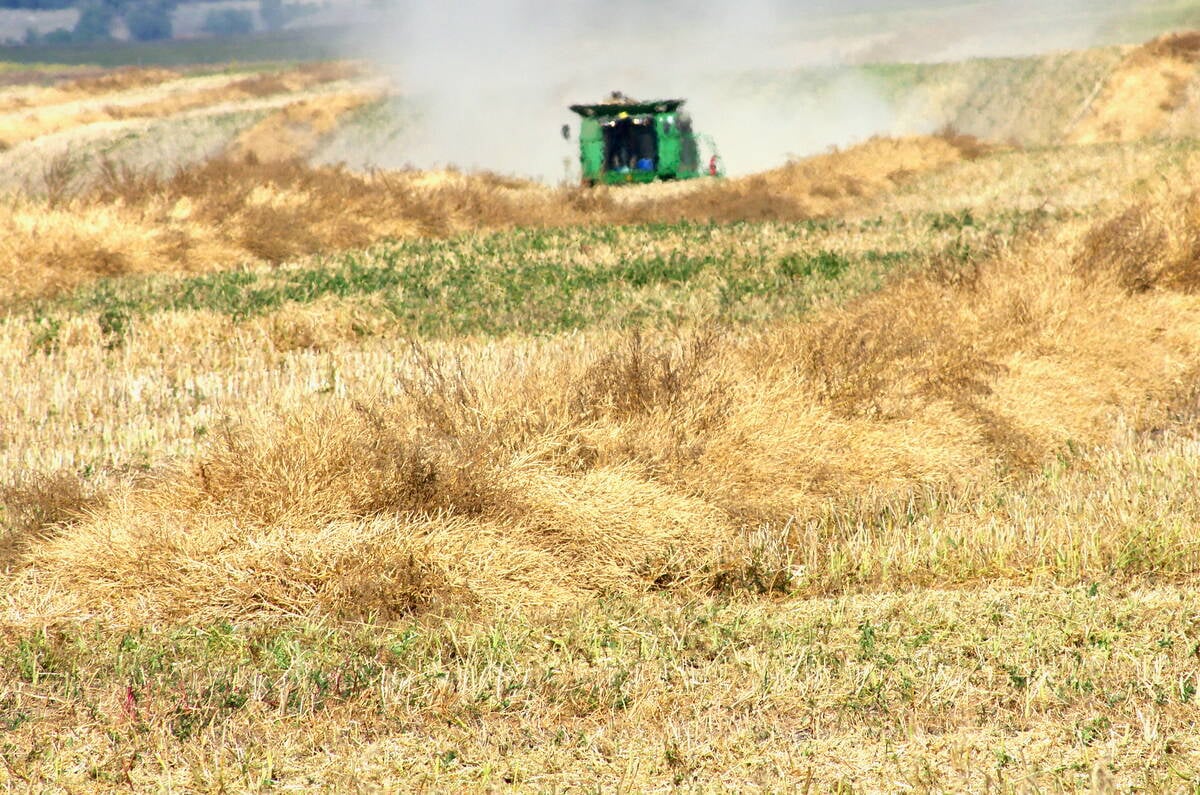SOUTHPORT, Man. – Soybeans are winning over farmers in Manitoba, especially those in the Red River Valley, but as the crop expands, producers are urged to consider where the best marketing opportunities lie.
Clint Masse, a special crops trader, believes good opportunities exist in producing soybeans for human consumption under contracts that guarantee identity preservation.
“The demand is for the IP product and that’s where farmers really are getting the premiums,” said Masse, who works for Horizon Agro of Morris, Man., which buys, processes and exports Canadian special crops.
Read Also

Manitoba searches for Plan B on canola oil exports
A new report explores Manitoba’s current canola oil trade and possible alternative markets to the U.S.
A few years ago, traders like Masse overlooked soybeans because of their small acreage in Manitoba. But the crop has expanded rapidly and during the Manitoba Bean Symposium last week in Southport, Masse predicted soybeans will soon account for more than half of Horizon’s business.
“They came out of nowhere to become a huge, huge part of what we do.”
Kim Cooper, market co-ordinator for Ontario Soybean Growers, told growers that he expects demand for IP soybean products to continue growing in several markets.
Consumers in North America, Western Europe and Southeast Asia are more fastidious about how food is produced, and are watchful of factors such as pesticide use and environmental stewardship. Identity preservation lets them trace soybeans back to the farm, providing them with food safety assurances.
Canada already has a reputation for using lower rates of pesticides, Cooper said. As well, Canadian soybeans tend to have higher protein levels than U.S. soybeans, which is a desired trait among food soybean buyers.
Many countries already import food soybeans from Canada, including Japan. It buys five million tonnes of soybeans a year from around the world and while most goes for crushing, a million tonnes are for food use. Half of that is for manufacturing tofu, but soybeans are also used as a base for miso soup, a major component of that country’s diet. Also popular are natto beans, small seeded soybeans that are sprayed with a bacteria, fermented and eaten for breakfast.
Cooper said Canada is well established in Japan, with new companies emerging in Manitoba to help meet export demand.
“There are a lot of potential markets out there that we haven’t even tapped yet.”
The need to segregate genetically modified soybeans from non-GM soybeans to satisfy market preferences also supports the trend toward identity preservation, Cooper said. He anticipated other opportunities to emerge as the industrial and pharmaceutical merits of soybeans are better understood.
“You, as producers, have to find what sets you apart from other producers.”
Canada produces 2.5 million tonnes of soybeans a year.
Most are grown in Ontario, but Manitoba production is increasing and area is projected at more than 300,000 acres this year from 220,000 acres in 2003 and 118,000 in 2002.
Cooper and Manitoba Pulse Growers president Don Sissons believe soybean expansion on the Prairies can complement Ontario’s industry. One advantage would be a greater assurance of supply for customers.
Cooper said drought and insects three years ago slashed Ontario soybean production in half, jeopardizing the ability to serve established markets.














